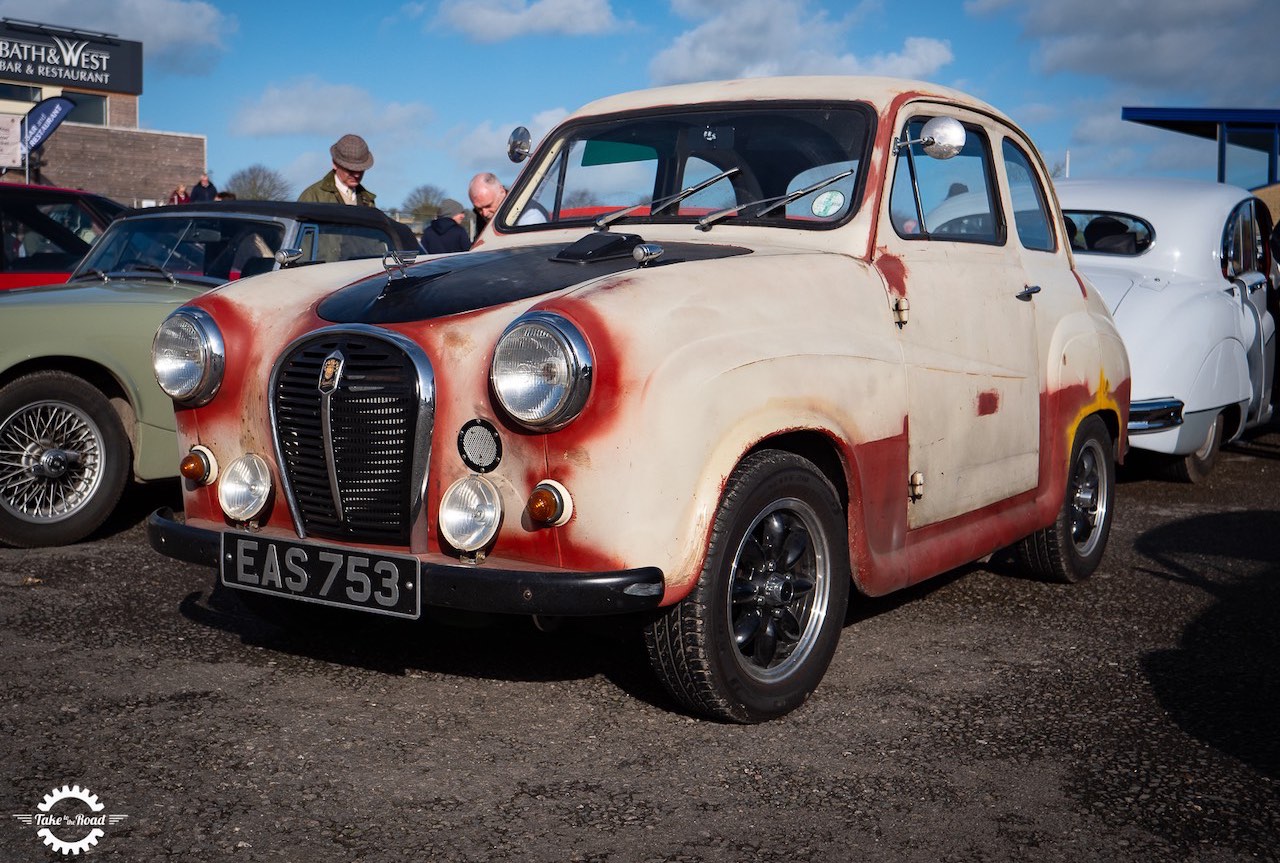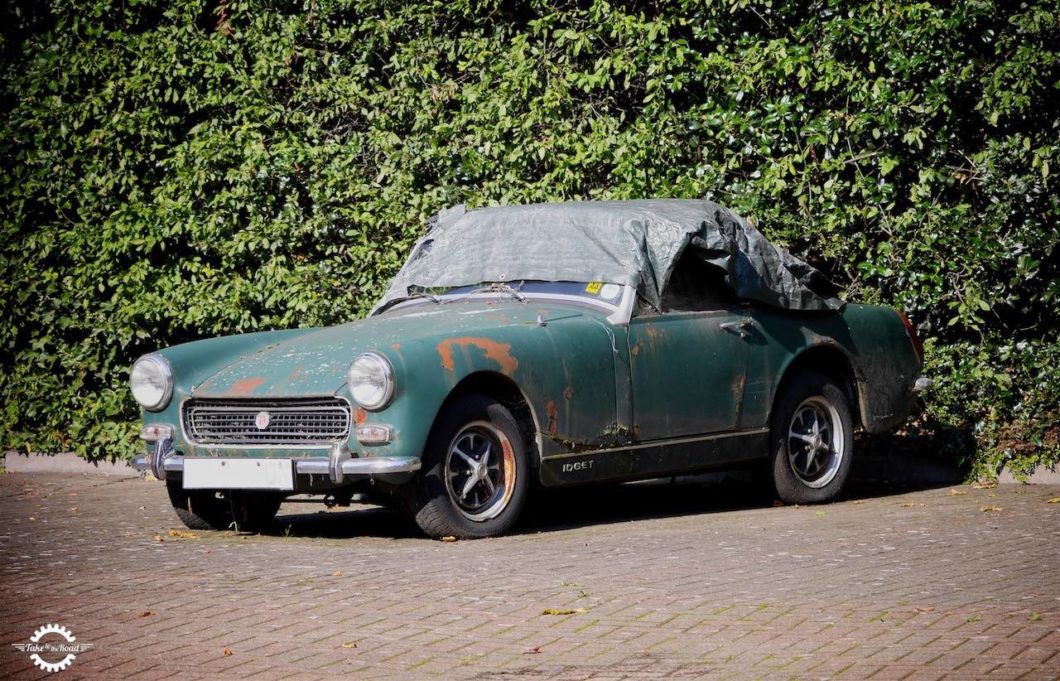“Scrapping a classic car” are words that every enthusiast hates to hear. As a global community obsessed with motorised metal, we classic car fans often go above and beyond the call of duty to save rusty old cars. But there are occasions when that final trip to the scrapyard is a necessary last journey for an old car.
Rescuing an abandoned classic from the jaws of eternal doom is a noble cause. With so many rare motors out there, taking on a restoration project can be akin to saving a piece of cultural history. For many people a car is simply a tool, something to get you from A-B, nothing more. But for us enthusiasts, it goes way deeper than that.

You see there is something inherently satisfying with saving an old car and putting it back on the road. In many ways it’s a rite of passage that can help people reconnect with the past and even with childhood memories.
This romance with rust has helped the classic car market to historic highs over the past ten years, with values for many marques and models soaring through the roof. That has made certain rusty wrecks highly sought after, with the rise in value offsetting the cost of restoration.

Take for example the humble classic Mini. Demand for the iconic Mini Cooper S has reached fever pitch in recent years, with many thousands being spent on little more than a pile of rust. However that pile of rust often comes with important items like a Vin tag and a V5C log book. These are essential to obtain a Heritage Certificate and with one of those, plus the proof of registration, it’s possible to get a brand hew replacement heritage body shell. Which is where the value lies.

Scenarios like the one above mean that many an old Mini that would once have been scrapped, are now being snapped up and restored. But there are situations when a classic car has to be scrapped.

Rust is of course the perennial enemy of the old motor car. Time and poor storage can do terrible harm to a car and once the dreaded tin worm sets in, the cost of repairs can sky rocket. If you don’t have the skills or the facilities to carry out your own body repairs, paying someone else to do it might not be feasible. Replacement body panels might not be available and if they are, they may very well be worth more than the whole car itself. At this point the car may not be economical to repair, so sending it to the scrap yard to join all the other scrap cars is the best option.

Safety is also another concern. The 1980s and early 1990s saw a boom in classic car prices, which lead to many a motor receiving suspect quality repairs. There’s nothing worse than removing shiny paint to reveal a horror of repair sins lurking underneath. If the repairs are too complex and the tin worm has eaten the metal away, the safest option may mean taking the car off the road for good. Which means it has to be scrapped.

However scrapping a classic car that’s no longer deemed safe to drive is not necessarily the end of the world. Useful parts on the car can help keep others on the road. And the vehicle will still have a scrap value, so you will get something. So all is not lost.
This is a Take to the Road Collaborated Post

